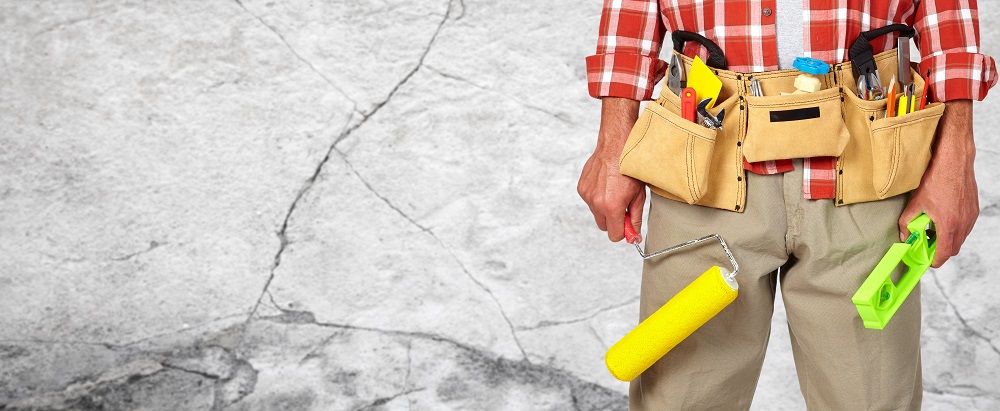Once you see cracks on your floors or walls, your house might be starting to encounter problems in its foundation. When this happens, you should not wait until it causes further damage to your home. Rather than fixing the damage with a DIY-solution, it is best to get in touch with a basement foundation contractor to help you assess the situation and find the most appropriate and cost-effective solution for your home.
Cracking or distortion on the surface of your drywall or floor is a tell-tale sign that your home is experiencing foundation movement. The soil beneath your home can become unstable, which may weaken the foundation and structure of your home. Below are some of the factors that may cause the foundation of your home to settle or shift.
Soil
Soil health is the most common reason that may cause structural defects in your home’s foundation. Foundations need to be built on good soil so it can support the load of your home’s structure. Soil such as clay, peat, gravel, sand, or loam each have different properties that can affect your foundation differently. Several soil types can be combined so they can form a strong and stable subsoil foundation for your home. Varying weather conditions can cause soil to shift, crumble, or expand. It is important for you to know what types of soil is around your home’s foundation so you and your foundation repair contractor will be able to address foundation issues properly.
Water

Varying levels of moisture at your foundation may pose structural problems in your foundation.
Heavy rains or melting snow can cause water to collect at the foundation of your house and result in saturation. Oversaturation causes the soil to swell and exert pressure on your foundation. It may also turn the soil into mud or slush and cause the foundation to drop. Too much water not only creates foundation movement but it can also cause other problems in your home. Water may soak through your basement floor and crawlspaces, making these areas an ideal home for molds, allergens, and insects.
Lack of moisture also affects the strength of your home’s foundation. Dryness of the soil or ground due to drought or mature vegetation can cause the soil beneath or around the foundation of your home to shrink or be displaced.
Landscaping
Plants and trees can make your backyard look more relaxing and attractive but growing them on the wrong location can affect your home’s foundation. When planning the landscape of your yard or garden, make sure not to plant trees and shrubs too close to your house. Tree roots can grow up to two or three times its height and can move easily through your home’s foundation. This may cause the soil to shift underneath, especially if your foundation subsoil consists of loose dirt and rocks.
No matter how small, as soon as you suspect movement in your home’s foundation, you should immediately have it checked by a professional. If you ignore the warning signs, you might regret it in the long run as they may lead to more serious damage and expensive repair costs.

